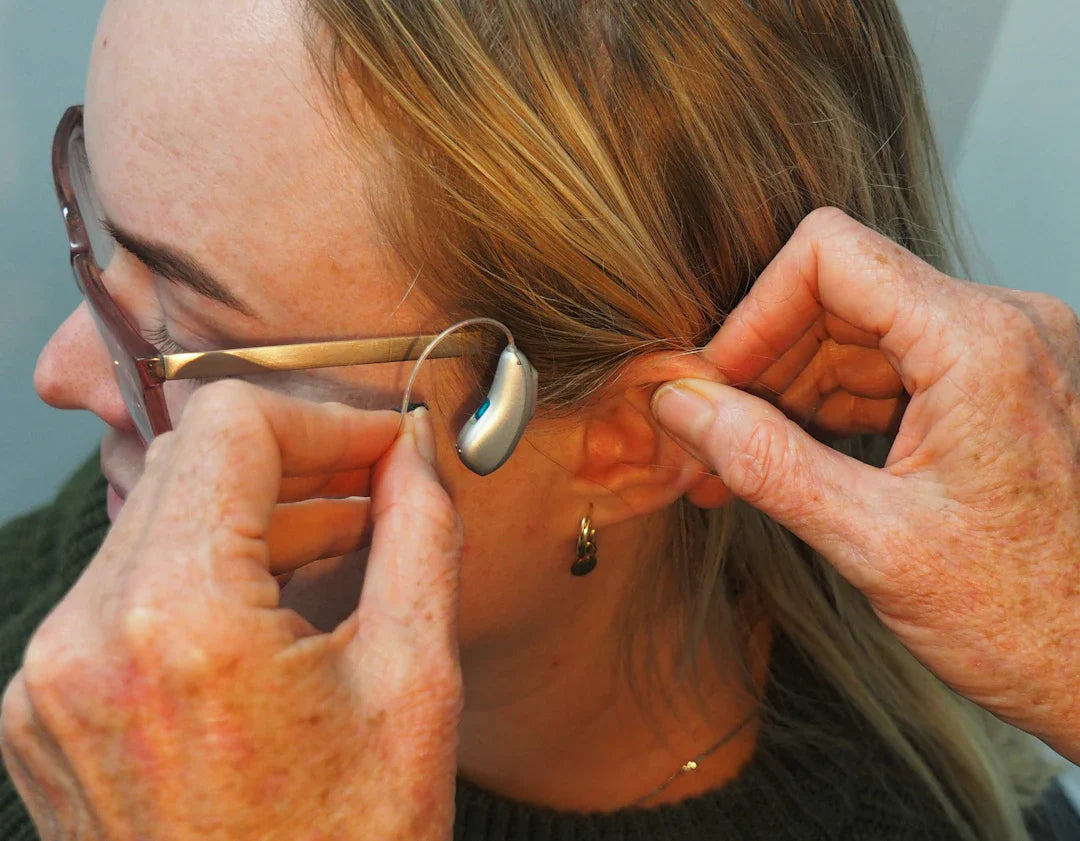Hearing aids have transformed the lives of millions dealing with hearing loss. From their inception as rudimentary amplifiers to the sophisticated devices we have today, they are a vital component of hearing care for many individuals. In this guide, we'll unravel the mechanics of hearing aids, their features, and the importance of routine earwax removal and maintenance, including the use of essential components like Widex Cerustop Wax Guards. With this knowledge, you’ll be better equipped to navigate your options in audiology and hearing aids.
The Basics of Hearing Loss
Before diving into how hearing aids work, it’s essential to understand hearing loss itself. Hearing loss can occur for various reasons, including age, noise exposure, genetic factors, and specific medical conditions. It can range from mild to profound, and its impact may vary from person to person. Knowing your level of hearing loss is crucial as it determines the type of hearing aids necessary for effective hearing care.
Types of Hearing Loss
There are three primary types of hearing loss:
- Conductive Hearing Loss: This occurs when sound is not transmitted efficiently through the outer ear canal to the eardrum and the tiny bones of the middle ear. It can often be treated medically or surgically.
- Sensory Neural Hearing Loss: This type is due to damage to the inner ear or auditory nerve pathways. It is usually permanent and can often be managed with hearing aids.
- Mixed Hearing Loss: A combination of conductive and sensory neural hearing loss, often requiring a more tailored approach in audiology.
How Do Hearing Aids Work?
Hearing aids are electronic devices designed to amplify sound and aid those with hearing loss. They are typically composed of the following parts:
- Microphone: Picks up sound from the environment.
- Amplifier: Increases the volume of the sounds picked up by the microphone.
- Speaker: Delivers the amplified sound into the ear.
- Battery: Powers the hearing aid.
The Sound Processing Journey
Understanding how hearing aids process sounds is crucial. Here’s a simplified breakdown:
- The **microphone** captures sound waves from the surrounding environment.
- The **amplifier** enhances those sound waves, making them louder for the user.
- The **speaker** transmits the amplified sounds directly into the ear canal.
- Many modern hearing aids also have smart technology that enhances certain sounds, reduces background noise, and adjusts the amplification based on the environment.
Choosing the Right Hearing Aid for Your Needs
When it comes to selecting hearing aids, there are numerous styles and features to consider. Each option caters to different types of hearing loss and personal preferences.
Common Types of Hearing Aids
- BTE (Behind-The-Ear): These are worn behind the ear and are suitable for all types of hearing loss.
- ITE (In-The-Ear): Custom-fitted to the ear, ITE devices are less visible and suitable for mild to severe hearing loss.
- ITC (In-The-Canal): Even smaller than ITE devices, these fit partially in the ear canal, ideal for mild to moderately severe hearing loss.
- CIC (Completely-In-Canal): These are nearly invisible and used primarily for mild to moderate hearing loss.
The Importance of Routine Maintenance
Proper hearing care involves not just the selection of a suitable hearing aid but also diligent maintenance. Earwax can accumulate in the hearing aid components, impacting sound quality and performance. This is where products like Widex Cerustop Wax Guards come into play, designed to protect hearing aids from earwax buildup.
Why Earwax Removal is Vital
Earwax serves an essential purpose in ear health — protecting the ear canal from dirt, dust, and bacteria. However, excessive earwax can lead to blockages and interfere with hearing aids. Regular earwax removal encourages optimal hearing aid performance and prolongs the device's life.
Advanced Features in Hearing Aids
Modern hearing aids come equipped with innovative features that enhance functionality and user experience. These advancements aim to improve everyday life for those experiencing hearing loss.
Smart Technology
Many contemporary hearing aids incorporate smart technology to allow users to connect with their smartphones and other devices. Features often include:
- Bluetooth Connectivity: Enables streaming audio from phones, television, and music devices directly to hearing aids.
- Noise Reduction: Filters out background noise, ensuring clearer conversations.
- Directional Microphones: Help focus on sounds from specific directions, enhancing clarity during discussions in noisy environments.
- Adaptive Sound Control: Automatically adjusts settings based on the listener's surroundings.
Consulting with an Audiologist
It is highly advisable to consult with an audiologist before acquiring hearing aids. An audiologist is trained to evaluate hearing loss, recommend appropriate devices, and provide insights into the latest technologies in hearing aids and audiology.
The Hearing Care Process
The process generally involves the following steps:
- Initial consultation and hearing assessment.
- Recommendation of suitable hearing aids based on individual hearing loss.
- Fitting the devices and providing training on their use.
- Follow-up visits to ensure satisfaction and necessary adjustments.
Enhancing Quality of Life Through Hearing Aids
Using a hearing aid can significantly enhance one's quality of life. Users often report improved communication with family and friends, heightened engagement in social settings, and a reduced sense of isolation. Using hearing aids consistently can lead to better mental health, emotional wellbeing, and social interaction.
Ongoing Hearing Health
Hearing care is a lifelong commitment. Regular check-ups and maintenance of hearing aids will extend their lifespan and ensure optimal sound quality. Do not hesitate to reach out to your audiologist if you experience discomfort or differences in hearing ability.
Empower Your Hearing Journey
The journey into the world of hearing aids can be complex but incredibly rewarding. Armed with the right knowledge, you can make informed decisions that will positively impact your hearing health. Whether you’re considering hearing aids, seeking audiology services or looking into earwax removal strategies, remember that expert advice is invaluable. Trust the process, and embrace the empowerment that comes with improved hearing.




